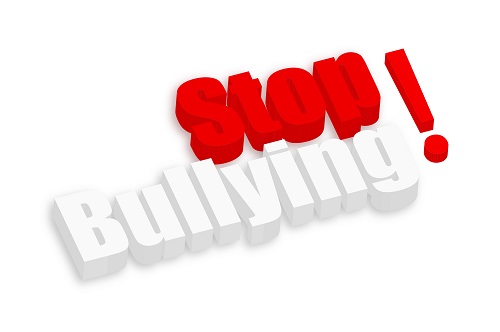
Wound Culture: Bullying Behaviors and Violence
We know that bullying, trauma, and emotional disconnection are not just behavioral issues—they're warning signs of deeper wounds. We’ve seen firsthand how unresolved trauma, left unacknowledged, can manifest as violence, self-harm, school shootings, and suicide. Research confirms this reality: most school violence is premeditated and connected to bullying, exclusion, and emotional distress.
We also know that intervention works. We can shift the culture through awareness, emotional literacy, and modeling new behaviors—intervening before crises escalate. Change begins when we stop ignoring the signs and start acknowledging the silent pain in our schools, communities, and homes.
We Know Bullying Behaviors Feed Violence
There were 330 school shootings in 2024, with 267 dead or injured in a study by the K-12 School Shooting Database. This highlights the alarming frequency and impact of school shootings in just one year, underscoring a national crisis in school safety.
We know Escalated Dispute leading to violence during Afternoon Dismissal
Most violent incidents escalate during times of transition or less supervision, such as after school dismissal, when students congregate and tensions can flare.Many violent incidents, including fights and shootings, stem from disputes that begin or escalate inside the school during the day, often due to unresolved conflicts, bullying, or peer dynamics.
Adults do not interrupt or de-escalate these disputes, and tensions carry over into the dismissal period when supervision drops and students cluster in unstructured areas like buses, sidewalks, or parking lots. This emphasizes a missed opportunity for intervention inside the school, earlier in the day. The absence of adult intervention, support, or sometimes escalation from adults allows emotional responses to build, sometimes resulting in violence off school property or just after dismissal.
Example: A disagreement that begins in class or the cafeteria goes unchecked, turns into aggressive texting or verbal confrontation, and ultimately ends in a physical altercation or gun violence once school lets out.
We know 4 of 5 Shooters are Insiders - Preplanned Attackers
The majority of school shooters are “insiders,” meaning current or former students, not random outsiders. Most attacks are premeditated with months of planning rather than being spontaneous. Most talked about or posted a manifesto about their plans online.
We know most Weapons are Legal – Shootings are mainly in a Single Location
Most shootings involve legally obtained weapons, typically from home. Most shootings take place in a single location in a school. This challenges the myth about "stranger danger," a random person breaking into the school, roaming the halls, and shooting up the school with a ghost gun.
We know 75% of suicides and shootings have bullying as a major contributing factor
Bullying is a critical underlying cause, linking emotional trauma from bullying to both suicide and school violence, emphasizing the need for early intervention.
We know, from the Workplace Bullying Institute, that 74.4 million US workers are affected by bullying in the workplace
Bullying is not limited to schools; it pervades adult environments as well, affecting worker health, productivity, and workplace culture at a massive scale.
Research by Psychology Today suggests that it is not just COVID-19 and school lockdowns that are leading to increased anxiety and self-medicating in youth, but active shooter drills are also prime contributors.
Contact Us For More Information

